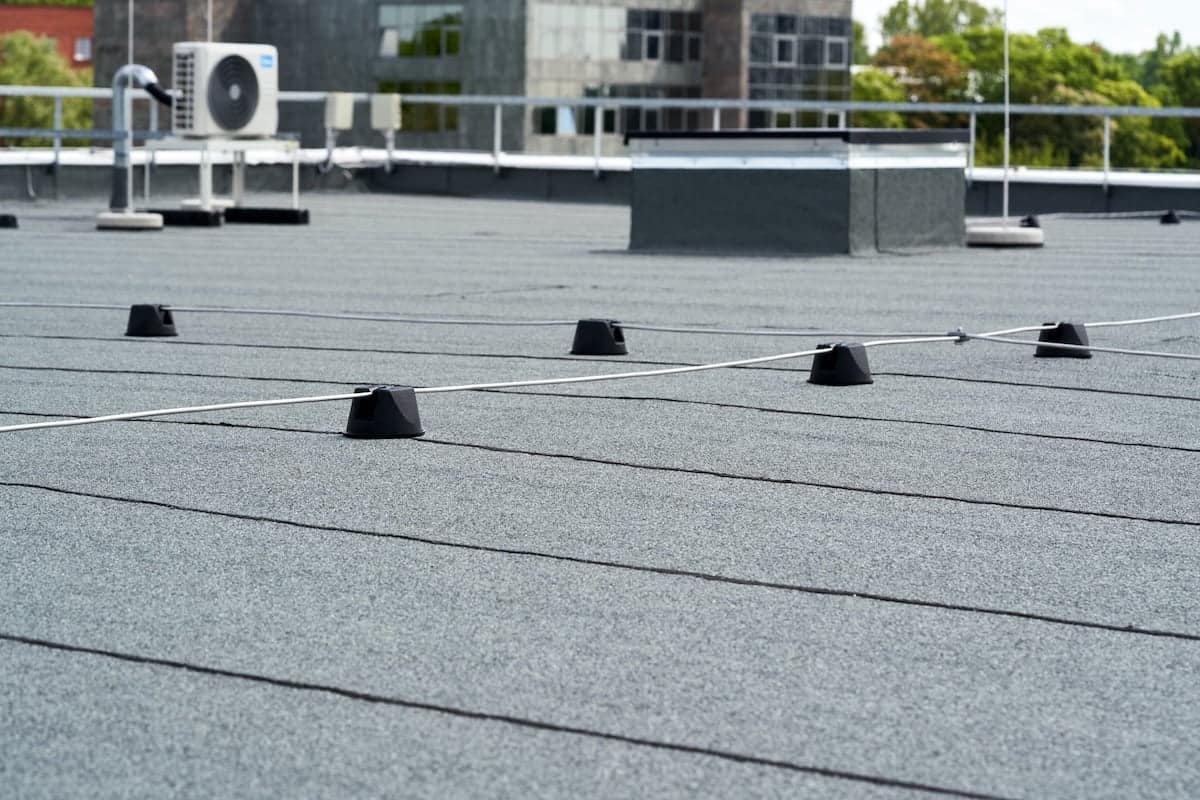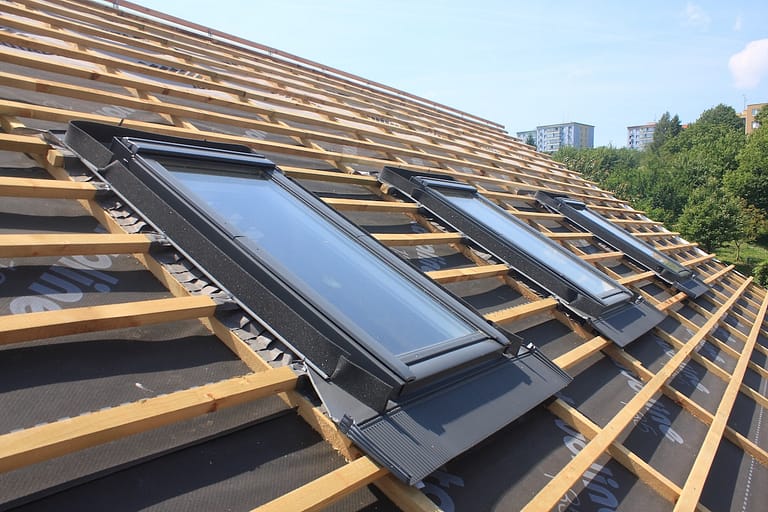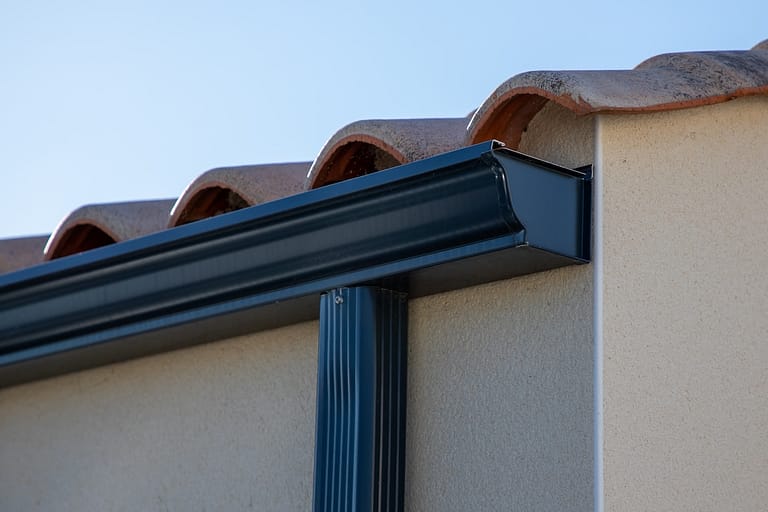When it comes to commercial roofing solutions, silicone roof coating systems are a game changer. Whether you’re responsible for maintaining a single building or a complex portfolio, thoughtful roof maintenance is crucial. Not only does it protect your property, but it also ensures long-term savings and efficiency. Silicone roof coatings are quickly becoming the go-to option for property managers and commercial building owners looking for durability, cost-effectiveness, and eco-friendly benefits.
Here’s what we’ll cover in this guide:
- The key benefits of silicone roof coating and how they extend the life of your roof.
- The costs of silicone roof coating systems and what impacts pricing.
- A step-by-step explanation of the silicone roof application process.
What is Silicone Roof Coating?
A Quick Overview
Silicone roof coating is a liquid-applied material that creates a seamless, waterproof membrane over your existing roof. It’s designed to extend the life of your roof while offering a resilient barrier against weather, ponding water, and UV damage. Silicone roof coating systems adhere to a variety of materials, including metal, EPDM, TPO, and modified bitumen roofs, making them versatile for commercial applications.
Unlike traditional re-roofing, which requires tearing off the old roofing material, silicone roof coatings provide a more sustainable and cost-effective way to restore and protect roofs.
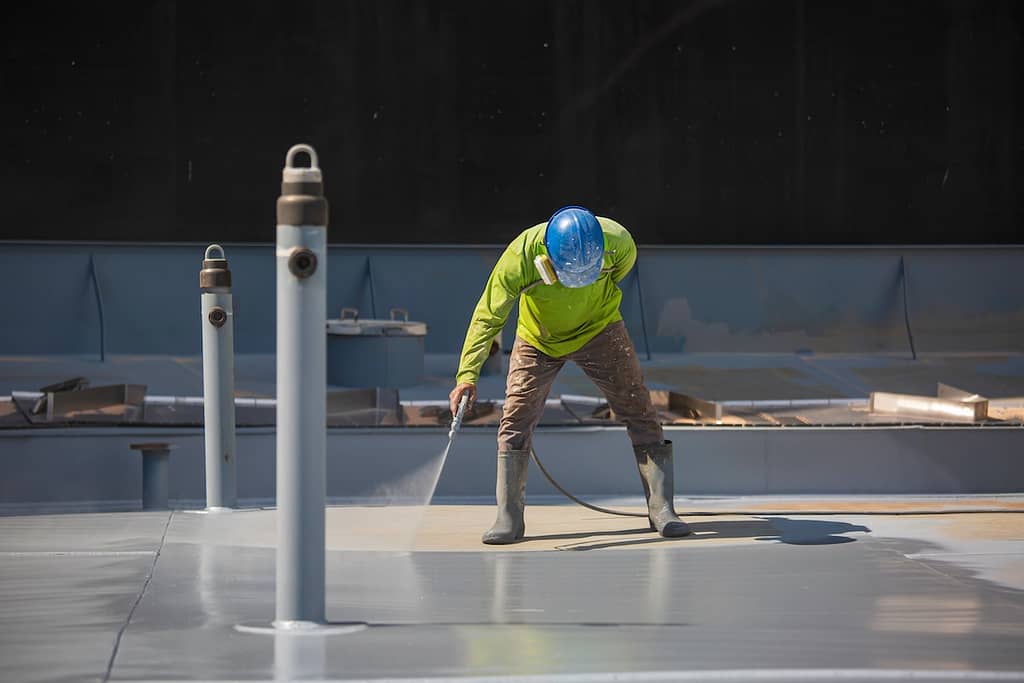
Who Can Benefit from Silicone Roof Coating?
If you own or manage a commercial building with a flat or low-slope roof, silicone roof coating is ideal for you. It’s especially beneficial for buildings exposed to harsh weather or locations looking to maintain green building certifications.
Benefits of Silicone Roof Coating
💧 Waterproofing and Weather Resistance
One of the biggest advantages of silicone roof coating is its exceptional waterproofing capability. Silicone’s chemical makeup resists standing water, making it perfect for flat roofs prone to ponding. Additionally, its strength against UV radiation helps protect roofs from cracking, fading, or peeling over time—even in the harshest climates.
⏰ Extends Roof Life
A silicone roof coating system can add 10 to 20 years to your roof’s life. By applying silicone, you can repair minor damage, reinforce weakened areas, and create a robust layer of protection that shields the underlying roofing material. This reduces the need for frequent repairs or costly replacements.
💵 Cost-Effective Alternative to Roof Replacement
Roof replacement is not only expensive but also time-consuming and disruptive. Silicone roof coatings eliminate the need for stripping off the old roofing material, saving both labor costs and landfill fees. Plus, its long lifespan means you maximize the value of this investment over time.
💡 Energy Efficiency
Silicone is naturally reflective, meaning it reflects a significant amount of sunlight away from your building. This helps reduce heat absorption, lowers cooling costs, and enhances energy efficiency. Many silicone roof coating systems meet Energy Star standards, making them a smart choice for eco-conscious building owners.
🌲 Environmentally Friendly
Silicone roof coatings are sustainable. Not only do they minimize construction waste (since the existing roof remains intact), but many formulas are low-VOC (volatile organic compounds), meeting the standards of green building certifications like LEED.
🛠️ Easy Maintenance
Once applied, silicone coatings require very little maintenance. They’re easy to clean and repair, which further reduces ongoing roofing costs. Since the coating is monolithic (one continuous piece), you don’t have to worry about seams or joints, which are common areas for leaks in traditional roofs.
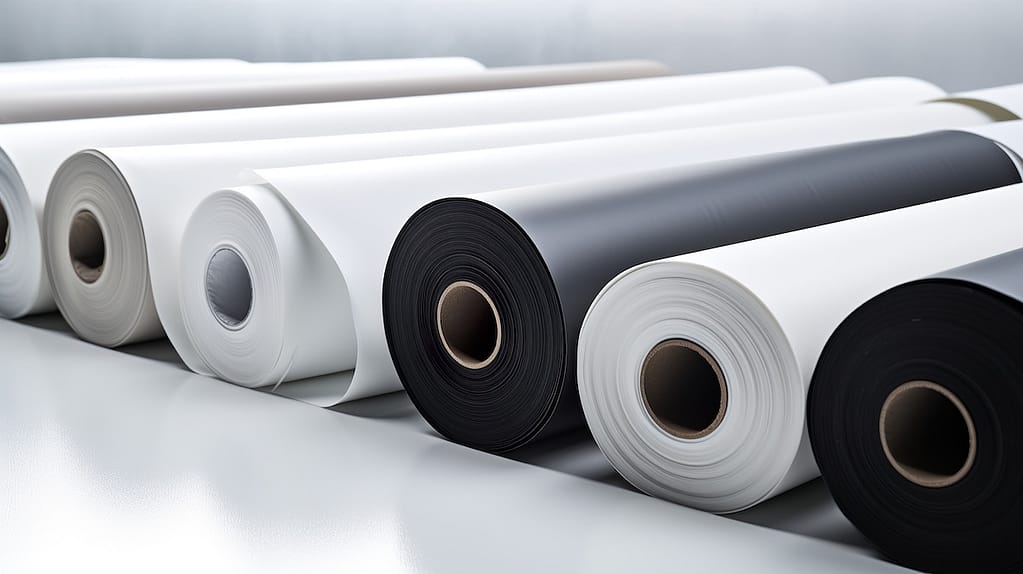
Silicone Roof Coating Costs
Factors That Impact the Cost
The cost of a silicone roof coating system depends largely on a few key factors:
- Roof Size: Larger roofs require more material, which increases the overall cost. On average, the cost ranges between $5 and $12 per square foot.
- Roof Condition: If your roof needs significant cleaning or repair before application, this can add labor costs to the project.
- Warranty Length: The longer the warranty, the more material needed to increase the thickness of the coating.
- Material Quality: High-quality silicone products tend to cost more but often deliver better performance and durability.
- Accessibility: Complex roof designs or hard-to-reach areas may require additional labor, impacting overall pricing.
While upfront costs may seem high, remember that silicone roof coatings extend your roof’s life and prevent costly replacements or frequent repairs, making them an excellent long-term investment.
Financial and Energy Savings
Over time, the reduced maintenance costs combined with lower energy bills due to increased reflectivity can provide significant financial savings. Additionally, many utility companies and government agencies offer rebates or tax incentives for using energy-efficient solutions like silicone roof coatings.
How Are Silicone Roof Coatings Applied?
Step-by-Step Process for Application
1. Clean the Roof
Before application, the roof must be thoroughly cleaned to remove dirt, debris, and loose material. Power washing is often used for this step, ensuring that the silicone properly adheres to the roof.
2. Repair Problem Areas
Any visible cracks, scratches, or leaks should be repaired to create a smooth base for the coating. This ensures the integrity and uniformity of the silicone layer.
3. Prime the Surface (if necessary)
Depending on the type of roof material, a primer might be required to enhance adhesion. Speak to a professional roofer to determine if your roof requires this step.
4. Apply the Silicone Coating
The silicone coating is applied using a roller, brush, or sprayer, depending on the size and complexity of the roof. Roofers begin by applying the material in one section, ensuring even coverage and proper thickness (usually 20-30 mils).
5. Inspect the Coating
Once the silicone has been applied, it is left to cure, creating a seamless, protective membrane. After curing, the roof is inspected to ensure complete coverage and uniform thickness.
6. Routine Inspections for Longevity
Although silicone coatings are low-maintenance, periodic inspections can help identify potential issues early, maximizing the roof’s longevity.
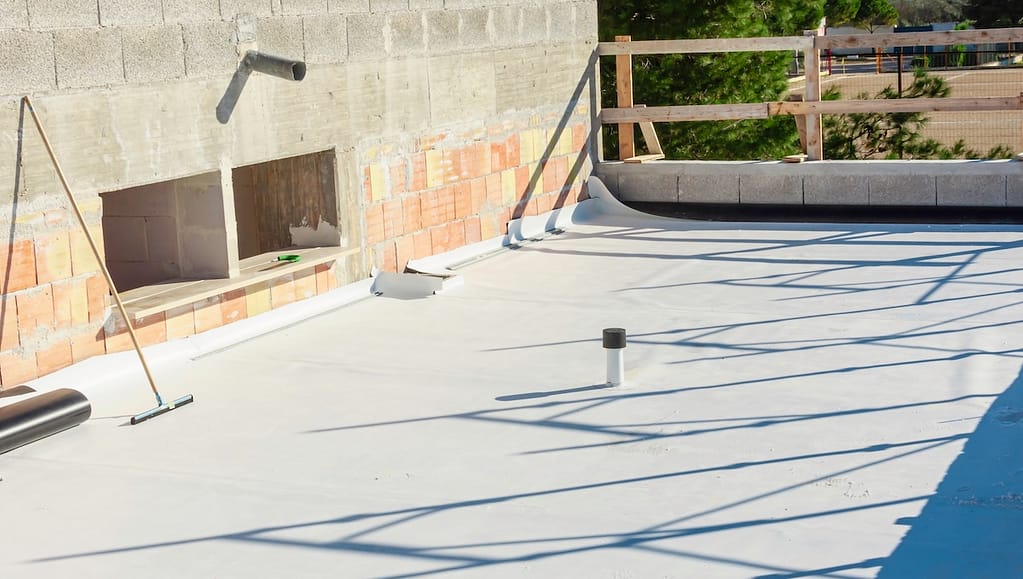
Why Choose O’Donnell Roofing for Your Silicone Roof Coating System?
O’Donnell Roofing has been a trusted name in the roofing industry for decades. Our team of skilled roofing professionals has vast experience working with commercial buildings and property managers to deliver tailored solutions that meet unique needs and budgets.
We understand the importance of protecting your investment, which is why we take pride in offering high-quality silicone roof coating systems that stand the test of time.
If you’re ready to reduce roof maintenance costs, improve energy efficiency, and enhance the longevity of your building’s roof, O’Donnell Roofing is the team you can trust. Contact us today!
